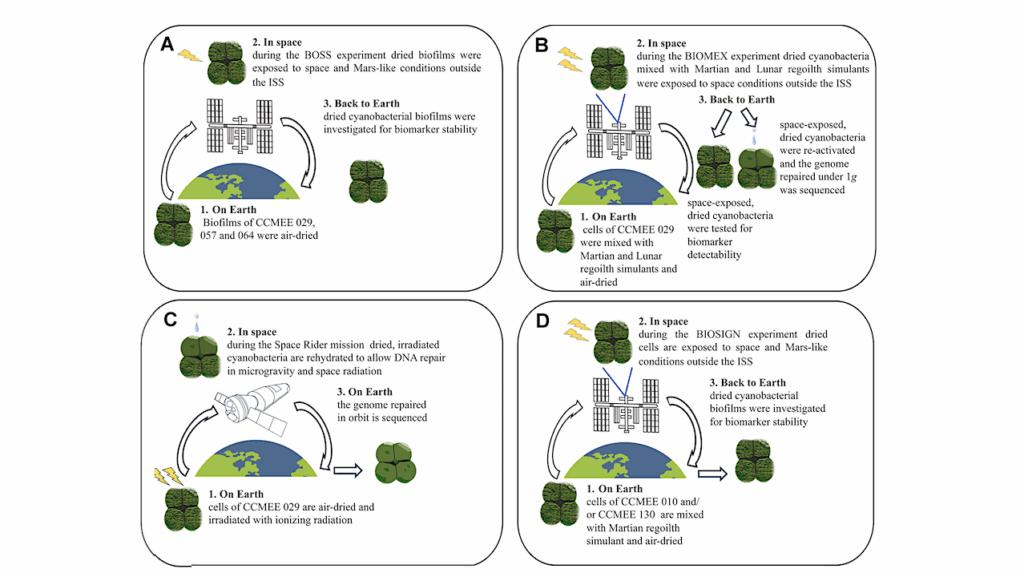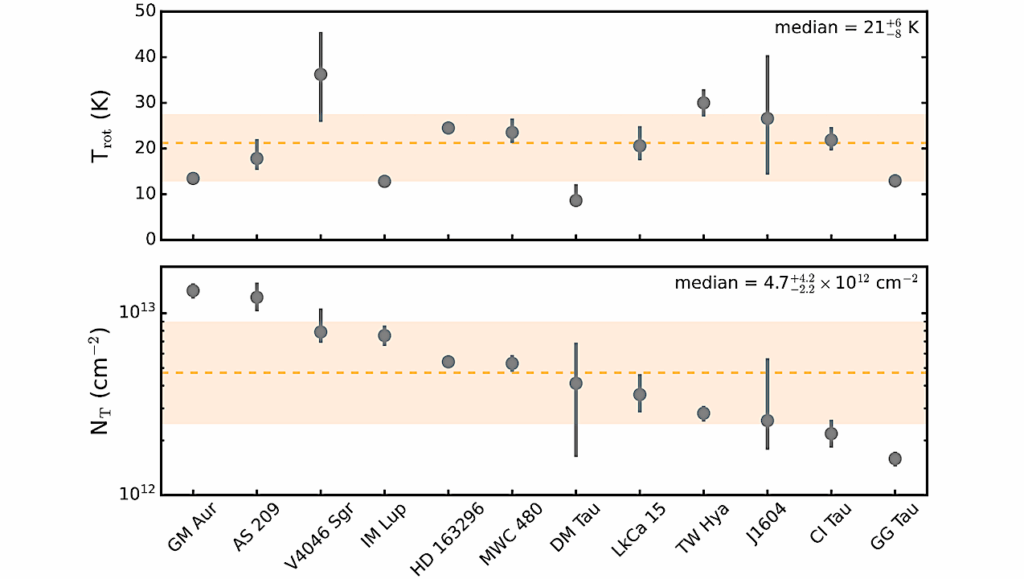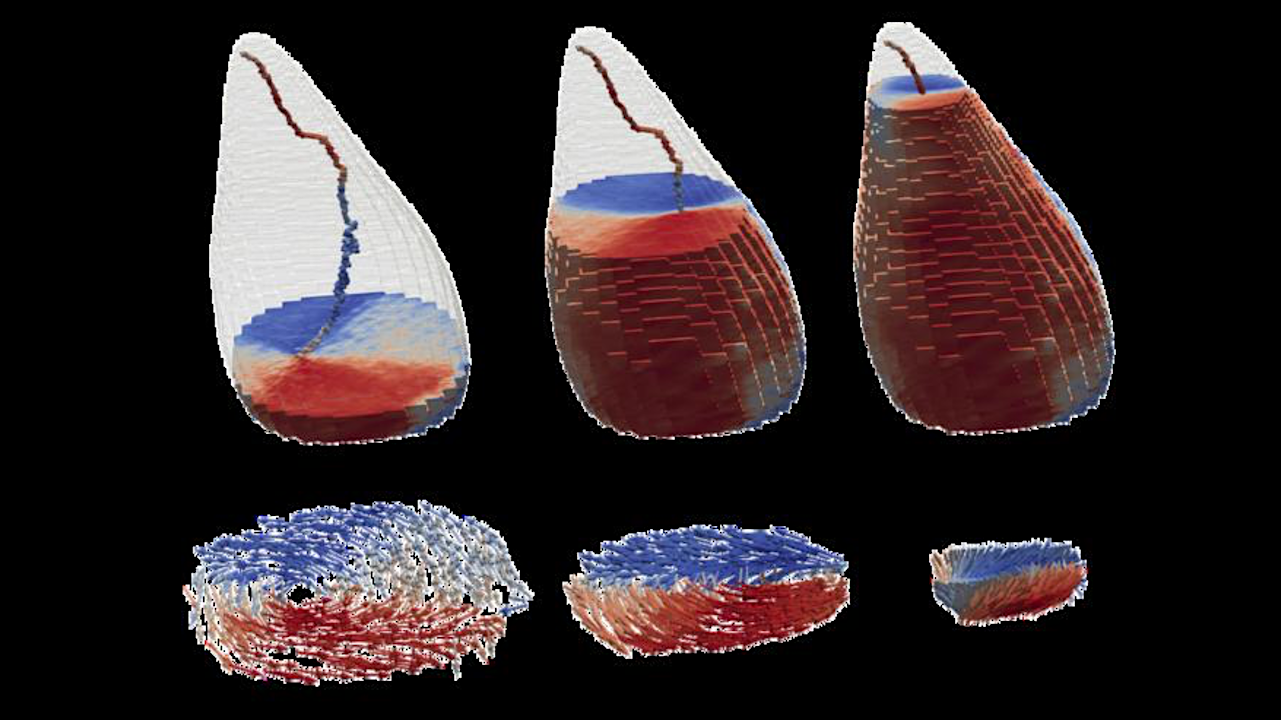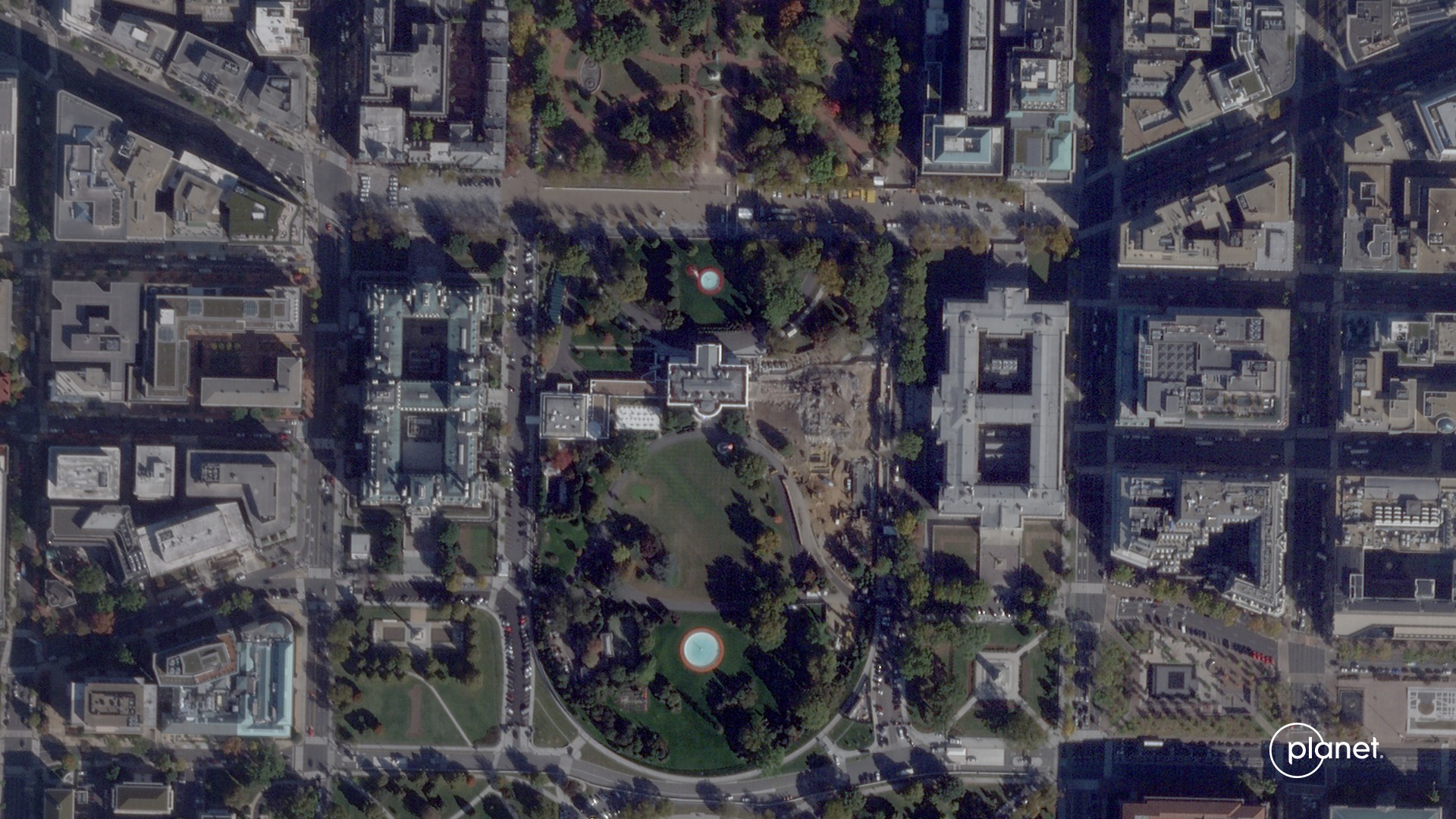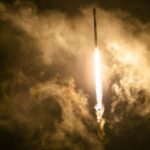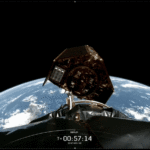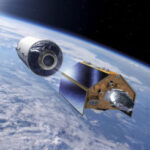Now Reading: The First Detection of Molecular Activity in the Largest Known Oort Cloud Comet: ALMA Imaging of C/2014 UN271 (Bernardinelli–Bernstein) at 16.6 au from the Sun
-
01
The First Detection of Molecular Activity in the Largest Known Oort Cloud Comet: ALMA Imaging of C/2014 UN271 (Bernardinelli–Bernstein) at 16.6 au from the Sun
The First Detection of Molecular Activity in the Largest Known Oort Cloud Comet: ALMA Imaging of C/2014 UN271 (Bernardinelli–Bernstein) at 16.6 au from the Sun
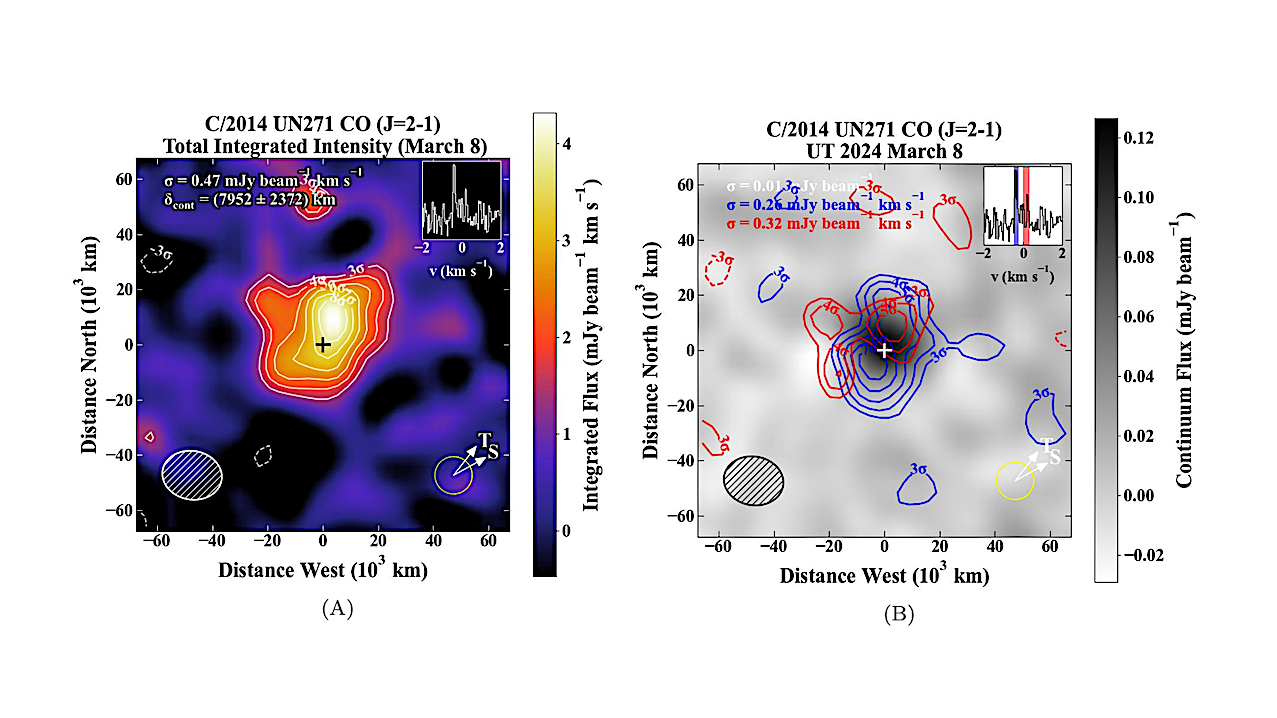

(A) Spectrally integrated flux map for CO on 2024 March 8. Contour intervals are in 1σ increments of the rms noise, with the lowest contour being 3σ. Sizes and orientations of the synthesized beam (Table B1) are indicated in the lower left corner. The comet’s illumination phase (ϕ ∼ 3°), as well as the direction of the Sun and dust trail, are indicated in the lower right. The black cross indicates the peak continuum position. σ gives the rms noise, and δcont gives the separation between the location of the peak continuum and peak gas emission. A spectral line profile taken at the continuum peak in a 10″ diameter aperture is shown. (B) Continuum flux map with contours for the spectrally integrated red and blue CO components overlaid separately. The extracted spectral line profile shows the integration region for the blue and red maps across the line. — IOPscience
We report observations of comet C/2014 UN271 (Bernardinelli–Bernstein) carried out on UT 2024 March 8 and 17 at a heliocentric distance (rH) of 16.6 au using the Atacama Large Millimeter/submillimeter Array (ALMA).
The CO (J = 2–1) line at 230 GHz was detected along with continuum emission from its dust coma and large (∼140 km) nucleus, revealing the nature of the activity drivers and outgassing kinematics of the largest Oort cloud comet discovered to date.
This work presents spectrally integrated flux maps, autocorrelation spectra, production rates, and parent scale lengths for CO and a stringent upper limit for the H2CO production rate. CO outgassing displayed multiple active jets that evolved from one epoch to the next.
The continuum emission was compact and spatially unresolved and is consistent with thermal emission from the large nucleus and a tentative detection of a dust coma. Complementary optical observations provided activity context for the ALMA epochs, indicating that UN271 underwent an outburst in late February before returning to a quiescent brightness in mid- to late March.
These results represent the first secure detection of molecular activity reported in the literature for C/2014 UN271 and highlight the dynamic nature of this distantly active small world.
Astrobiology, Astrochemistry, Astrogeology,
Stay Informed With the Latest & Most Important News
Previous Post
Next Post
-
 012024 in Review: Highlights from NASA in Silicon Valley
012024 in Review: Highlights from NASA in Silicon Valley -
 02Panasonic Leica Summilux DG 15mm f/1.7 ASPH review
02Panasonic Leica Summilux DG 15mm f/1.7 ASPH review -
 03How New NASA, India Earth Satellite NISAR Will See Earth
03How New NASA, India Earth Satellite NISAR Will See Earth -
 04And Thus Begins A New Year For Life On Earth
04And Thus Begins A New Year For Life On Earth -
 05Astronomy Activation Ambassadors: A New Era
05Astronomy Activation Ambassadors: A New Era -
06SpaceX launch surge helps set new global launch record in 2024
-
 07Space Force plans new ‘Futures Command’ amid pressure to speed up modernization
07Space Force plans new ‘Futures Command’ amid pressure to speed up modernization













